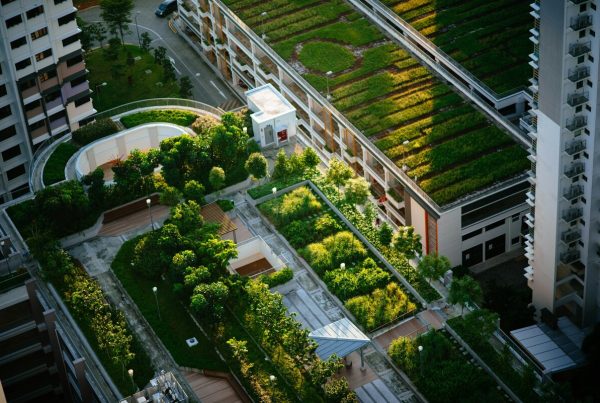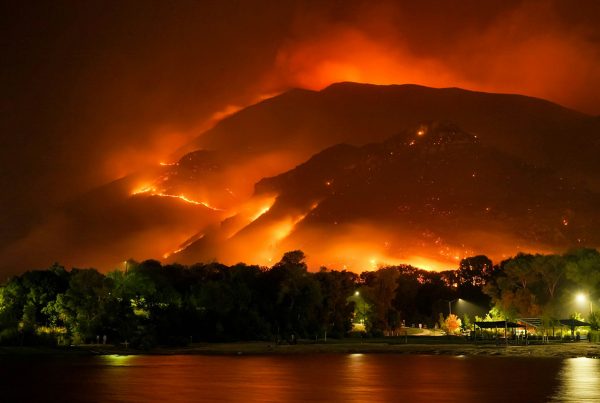Just like that, we’re at the end of the month again. And what a great month it was. July was practically brimming with interesting stories that rocked our collective minds and spirits. From breakthrough in the climate talks to trash bins turned Wi-Fi hotspots to tear-inducing crisp images of Pluto to plastic roads.
Coloring Books Are for Adults Too!
The latest obsession these days is very old-school and low-tech: adult coloring books. Instead of Instagramming pets, selfies, and home-cooked meals, people are uploading photos of their very own carefully filled-in masterpiece rendered on such coloring books.
True enough, adult coloring books are best-sellers on Amazon. In many brick-and-mortar bookstores, coloring books are a huge hit as well. Unlike regular kids coloring books, the adult version has intricate images and lines, making them more laborious and triumphant to color in. It’s probably a sign of the times: people taking respite from the addictive glowing screens of our smartphones and tablets.
A Refreshing Breakthrough in the Climate Change Negotiations
Last July 21, France’s representative to the climate change talks Laurence Tubiana proudly declared there has been a breakthrough in the climate talks. So far, the 46 nations present in the 2-day ministerial meeting reached consensus on several crucial clauses and issues (including, most importantly, the countries who are top emitters of greenhouse gases).
The Paris talks, set on November 30 to December 11, will pave the way to a historic signing of a pact whose goal is to maintain temperature levels below 2 degrees Celsius, a big leap from the 5 degrees Celsius towards which we’re heading. Scientists say that for this 2 degrees Celsius to be feasible, the entire world should be striving for zero-carbon status early on starting now.
Golf Courses as Solar Farms
Japanese electronics firm Kyocera has great plans for an abandoned golf course in Japan: turn it into a solar farm. It’s a feasible idea of course since golf courses are wide expanses of treeless, open land, perfect for catching the sun’s rays. With a small carbon footprint, especially in terms of water usage, the project hopes to supply power to more than 8,000 homes in Japan. In contrast, fully operational golf courses use lots of water just to keep its grasses green and alive.
Up-close and Personal with Pluto
More than a decade in the making, including nine years of transit, the New Horizons mission finally made its closest approach (approximately 12,500 km) to Pluto’s surface last July 14.
The historic flyby was witnessed by a crowd of 1,200 people in NASA, even bringing tears to some scientists who have long awaited the moment. From then on, the first few images were beamed from Pluto to Earth, the signal taking up to 4 and a half hours to reach us.
No lon
ger obscure and distant, the remarkably young planet (yes, Pluto will always be a planet to us) is intrigue scientists more and more with its curious geography, atmosphere, moons, and even a possible underground ocean.
The Lovely Trash Bins Slash Wi-Fi Hotspots of New York City
This fall, New York City’s very own waste management company Bigbelly is turning its trash bins into Wi-Fi hotspots. High tech bins will be spread all over the city’s five boroughs, providing signals of 50 to 75 MB per second, which is not bad at all.
Previously the company had already equipped its recycling bins with sensors that alert the crew when they need to be emptied out. The bins, which can crush and compact trash on site, are also solar powered. To mitigate the costs of installation and operation, the whole project will be ad-supported.
Amazon Is Building a Wind Farm in North Carolina
Hats off to Amazon for its plans to build a 208 megawatt wind farm in North Carolina. The project, which will be called the Amazon Wind Farm US East, hopes to contribute power to the electrical grid servicing the US East region, specifically Northern Virginia. As much as 670,000 megawatt hours of electricity will be generated each year, good for more than 60,000 homes.
Data centers are huge electricity hogs, which is why Amazon is committed to eventually transforming its entire global infrastructure into a 100{e3829ec1db02d54faaf9fa2de0d48db26af01d7a7944a63c3b26976124791cab} renewable energy-powered system. The company’s goal for now is an ambitious 40{e3829ec1db02d54faaf9fa2de0d48db26af01d7a7944a63c3b26976124791cab} by the end of 2016, something that the wind farm in North Carolina will adequately make up for.
Asphalt Roads, Move Over. Here Come Plastic Roads
Despite having a big question mark regarding their sustainability, plastic is inarguably still a wondrous, flexible yet sturdy, multi-use material we all depend on—they make up almost everything we can think of. But who would have known they can also be used on streets and roads?
Dutch construction company VolkerWessels is currently on a mission to make prefabricated sections of roads out of recycled plastic. Compared to traditional asphalt roads, plastic-based roads can also have good traction even when wet, can last up to three times longer, and can withstand a wider range of temperature (from -40F to 176F). Their flexibility also allows them to resist cracking under the strain of vehicles as well as the changing weather. We’ll see.












